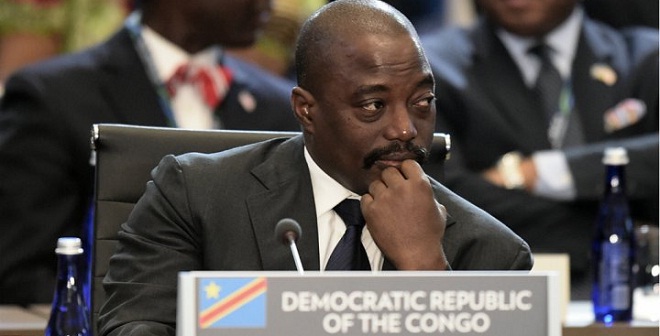
Geneva, Switzerland | AFP | Several thousand people have fled to Zambia in the past month to escape violence in Democratic Republic of Congo, the UN said Tuesday.
The UN refugee agency said 3,360 people from DR Congo’s conflict-wracked southeast had entered Zambia since August 30, the largest influx of its kind in the past five years.
People “are escaping inter-ethnic clashes, as well as fighting between Congolese security forces and militia groups,” UNHCR spokesman Andrej Mahecic told reporters in Geneva.
Those arriving in Zambia described escaping “extreme brutality, with civilians being killed, women raped, property looted and houses set alight,” he said.
Most of those fleeing come from the northern Katanga and Tanganyika regions.
In recent years, these have been the scene of multiple deadly clashes between the Pygmies and Bantus from the ethnic Luba group.
A full 60 percent of those arriving in Zambia are children, including many showing signs of malnutrition, and suffering from malaria, respiratory problems, dysentery and skin infections, Mahecic said.
And many of the new refugees had already been displaced inside DR Congo by the violence before crossing the border.
“The lack of roads and the long distances … make it difficult to monitor the situation and provide them with assistance,” he said.
The approaching rainy season is expected to worsen the plight of those on the move, Mahecic warned.
The new arrivals, who bring the number of Congolese refugees and asylum seekers in Zambia to around 27,300, are mostly being taken to the Kenani transit centre in Nchelenge district, 90 kilometres (56 miles) from the border.
But Mahecic said some were opting to remain close to the border, waiting for their families to join them.
UNHCR was helping the Zambian government and the Zambian Red Cross to distribute hot meals and basic items like tents, plastic sheeting, mosquito nets, and hygiene kits.
Aid workers were also providing psycho-social support to survivors of sexual violence.
Due to overcrowding, UNHCR said it had begun work on a second transit facility and was helping develop a more permanent settlement for the refugees.
 The Independent Uganda: You get the Truth we Pay the Price
The Independent Uganda: You get the Truth we Pay the Price



